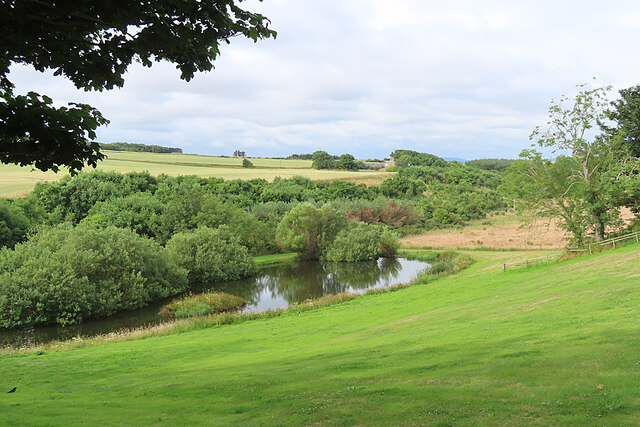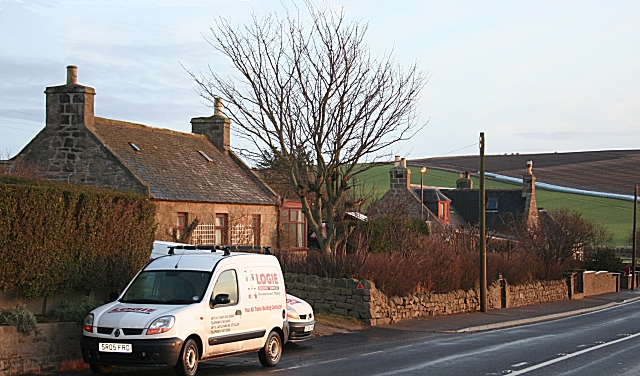Birnie's Curricks
Island in Banffshire
Scotland
Birnie's Curricks

Birnie's Curricks, located in Banffshire, is a small island off the northeast coast of Scotland. It is known for its stunning natural beauty and rich history. The island is situated in the Moray Firth, and it is accessible by boat from the nearby town of Portsoy.
Birnie's Curricks is characterized by its rugged coastline, with towering cliffs and secluded sandy beaches. The island is a haven for wildlife enthusiasts, as it is home to a diverse range of species, including seabirds, seals, and even dolphins. The surrounding waters offer excellent opportunities for fishing and boating.
The island's history dates back thousands of years, with evidence of human habitation from the Neolithic period. Visitors can explore the remains of Iron Age forts and Pictish settlements, providing a glimpse into the island's past. The most prominent archaeological feature on Birnie's Curricks is the ancient stone circle, believed to have been constructed around 2000 BC.
Nature lovers will appreciate the island's varied flora and fauna, with wildflowers covering the landscape during the summer months. The island boasts a rich biodiversity, with rare plant species thriving in its unique ecosystem.
Birnie's Curricks offers a tranquil escape from the hustle and bustle of modern life. Visitors can enjoy peaceful walks along the coastal paths, taking in the breathtaking views of the surrounding sea and countryside. The island's remote location ensures a sense of seclusion and serenity, making it a popular destination for those seeking a peaceful retreat.
If you have any feedback on the listing, please let us know in the comments section below.
Birnie's Curricks Images
Images are sourced within 2km of 57.672745/-2.4241508 or Grid Reference NJ7464. Thanks to Geograph Open Source API. All images are credited.





Birnie's Curricks is located at Grid Ref: NJ7464 (Lat: 57.672745, Lng: -2.4241508)
Unitary Authority: Aberdeenshire
Police Authority: North East
What 3 Words
///alleyway.struck.fatigued. Near Macduff, Aberdeenshire
Nearby Locations
Related Wikis
Cairn Lee
Cairn Lee is a prehistoric monument in Aberdeenshire, Scotland. Cairn Lee and proximate Longman Hill are the oldest prehistoric features in the local area...
Longmanhill
Longmanhill is a settlement in the Aberdeenshire parish of Gamrie; it is located along the A98 road connecting Fraserburgh to Macduff. This hamlet was...
Tarlair Swimming Pool
Tarlair Swimming Pool is a disused lido at the base of a sea cliff just outside Macduff in Aberdeenshire in Scotland. This outdoor swimming complex was...
Longman Hill
Longmanhill is a Bronze Age long barrow situated atop a prominent rounded landform in northern Aberdeenshire, Scotland near Banff Bay. Due to the low-lying...
Nearby Amenities
Located within 500m of 57.672745,-2.4241508Have you been to Birnie's Curricks?
Leave your review of Birnie's Curricks below (or comments, questions and feedback).














